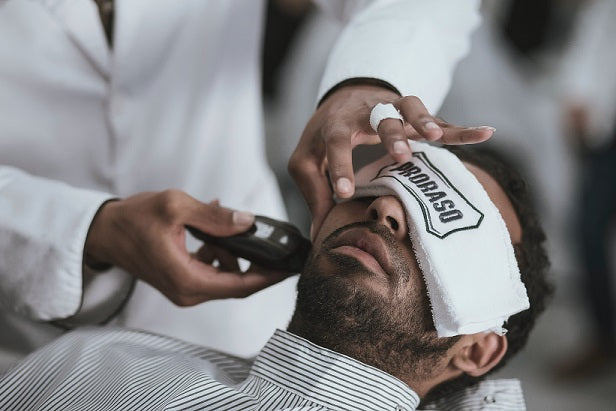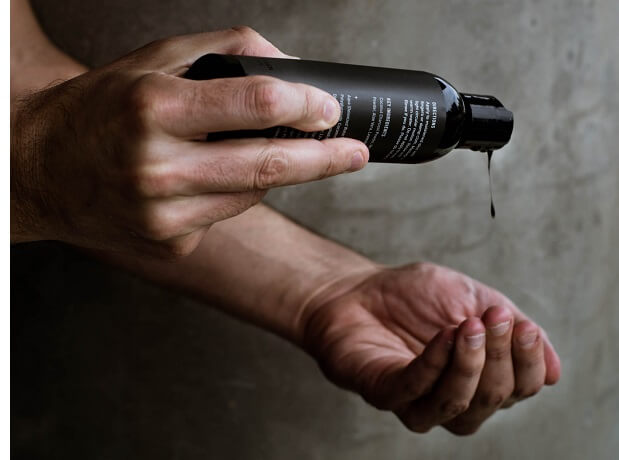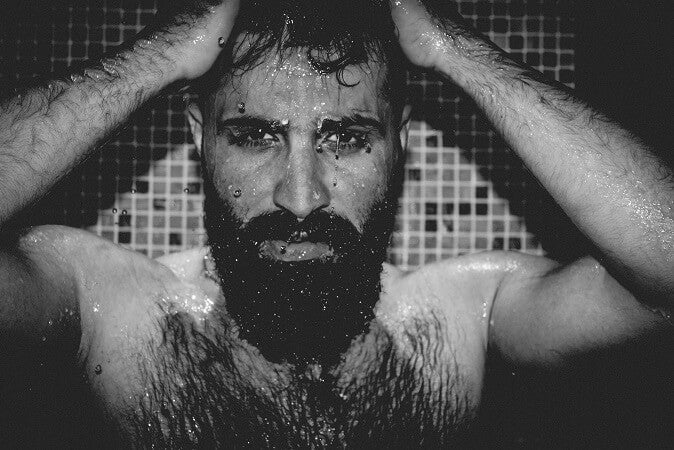Debunking Myths: Does Back Hair Grow Back Thicker?
The age-old question about whether shaving causes hair to grow back thicker is a topic that has sparked many debates. When it comes to back hair, the myths and misconceptions are no exception. In this article, we'll delve into the science behind back hair growth and debunk the common myth: Does back hair really grow back thicker after shaving?
The Science of Hair Growth
Before we address the myth, let's understand the basics of how hair grows:

- Hair Growth Cycles: Hair goes through cycles of growth, rest, and shedding. The rate and thickness of hair growth are influenced by genetics, hormones, and various environmental factors.
- Shaving and Hair Follicles: Shaving cuts the hair at the surface of the skin, leaving the hair follicle beneath the skin's surface intact. It does not affect the hair follicle's structure or the rate of hair growth.
Debunking the Myth
Now, let's debunk the common misconception:
Myth: Shaving Makes Back Hair Grow Back Thicker
This myth has been perpetuated for years, leading many to believe that shaving back hair results in thicker regrowth. However, scientific evidence contradicts this idea:
Scientific Studies: Numerous studies have found that shaving does not alter the thickness or color of hair. Hair appears thicker after shaving because the razor cuts the hair at its thickest point, creating a blunt edge. As the hair grows back, it may feel coarser initially, but this is a temporary effect.
Tips for Back Hair Grooming
Whether you choose to shave or let your back hair grow, here are some tips for grooming:
1. Regular Maintenance:
If you prefer a groomed look, consider regular back hair maintenance. This can include shaving, waxing, or using a back shaver to keep your desired look.
2. Consult a Professional:
For those who prefer professional assistance, visiting a salon or spa for back hair grooming services can provide a precise and effective result.
Conclusion: The Truth About Back Hair
Back hair does not grow back thicker after shaving. It's essential to separate myths from facts and make grooming decisions based on accurate information. Whether you embrace your natural back hair or choose to groom it, the choice is yours, and the thickness of your back hair remains unaffected by your grooming methods.



